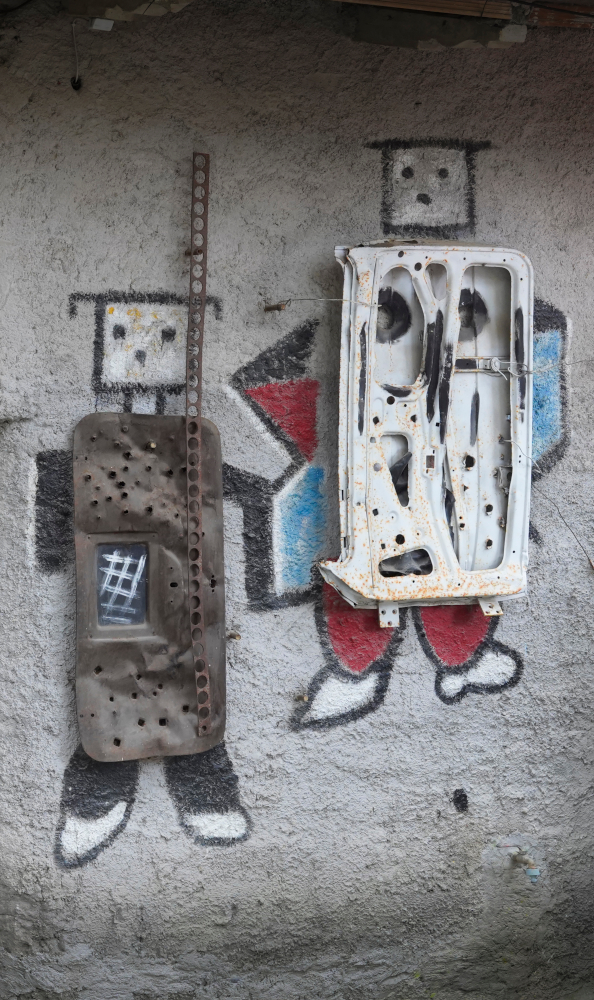
HISTORICAL AND ARTISTIC BACKGROUND
[Contemporary] music, poetry, painting and sculpture will never be understood if not listened to, watched, listened and judged in relation to the period that has produced them. I did my job after the World War, during the period of jazz and pop music, punk and the drug, kidnappings and the Red Brigades. So, it was a disturbed world, and my work represents it. I wanted to enrich these times with compositions full of broken, bent and rusted iron, [works about] war and cars – all assembled with today’s materials. These works represent the tormented soul of all of us, who now live with all the weapons we built under the nightmare of a new war… Nice world, isn’t it?
(source “The World of Brajo Fuso” by Robert Crease and Charles Mann")
The art of Brajo Fuso is inextricably linked to the time frame in which it was displayed, from 1943 to 1980. In almost forty years of experimentations, the artist provided an interpretation of the historical events he personally went through; in art, he achieved results spontaneously that are compatible with artists, trends and tendencies with which, however, he rarely came into direct contact. He is educated but also practical and independent: this combination makes him a man with many interests but always faithful to himself and his ideas.





